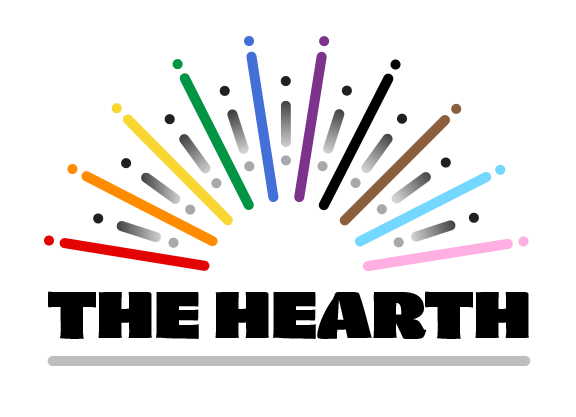Our November Hearth is one of our most important to date. With an increase in suicide rates across the country, especially among vulnerable LGBTQ individuals, learning how to react to and notice suicidal behaviors of our loved ones and friends is more important than ever. We are honored to have Debra Oaks Coe joining us to provide on-site suicide prevention training. Debra, who is a member of the Utah Suicide Prevention Coalition and certified to teach QPR Suicide Prevention, will be turning our Hearth Fireside into a classroom as all present will have the opportunity to become a Certified “QPR Gatekeeper” by the end of the evening.
WHAT IS QPR Training? The following is from the QPR official website:
Our Mission: To save lives and reduce suicidal behaviors by providing innovative, practical and proven suicide prevention training. We believe that quality education empowers all people, regardless of their background, to make a positive difference in the life of someone they know.
What does QPR mean?
QPR stands for Question, Persuade, and Refer — the 3 simple steps anyone can learn to help save a life from suicide. Just as people trained in CPR and the Heimlich Maneuver help save thousands of lives each year, people trained in QPR learn how to recognize the warning signs of a suicide crisis and how to question, persuade, and refer someone to help. Each year thousands of Americans, like you, are saying "Yes" to saving the life of a friend, colleague, sibling, or neighbor.
QPR can be learned in our Gatekeeper course in as little as one hour.
What is a Gatekeeper?
According to the Surgeon General’s National Strategy for Suicide Prevention (2001), a gatekeeper is someone in a position to recognize a crisis and the warning signs that someone may be contemplating suicide. Gatekeepers can be anyone, but include parents, friends, neighbors, teachers, ministers, doctors, nurses, office supervisors, squad leaders, foremen, police officers, advisors, caseworkers, firefighters, and many others who are strategically positioned to recognize and refer someone at risk of suicide.
As a QPR-trained Gatekeeper you will learn to:
Recognize the warning signs of suicide
Know how to offer hope
Know how to get help and save a life
How is QPR like CPR?
Much of the world is familiar with CPR — short for cardiopulmonary resuscitation — an emergency medical intervention created in 1957 by Peter Safar. The process is designed to stabilize people who aren’t breathing or breathing intermittently and who may be in cardiac arrest until the person can reach a hospital or other care. Similarly, QPR is an an emergency mental health intervention for suicidal persons created in 1995 by Paul Quinnett. An abbreviation for Question, Persuade and Refer, the intent is also to identify and interrupt the crisis and direct that person to the proper care.
Both CPR and QPR are part of systems designed to increase the chance of survival in the event of a crisis.
Please RSVP below. We need a general count of how many people will be coming so we can make sure there are enough handouts for everyone.

